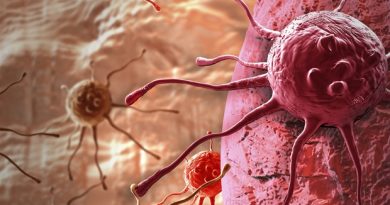Large number of stem cell lines carry significant DNA damage, say researchers
DNA damage caused by factors such as ultraviolet radiation affect nearly three-quarters of all stem cell lines derived from human skin cells, say Cambridge researchers, who argue that whole genome sequencing is essential for confirming if cell lines are usable.
Stem cells are a special type of cell that can be programmed to become almost any type of cell within the body. They are currently used for studies on the development of organs and even the early stages of the embryo.
Increasingly, researchers are turning to stem cells as ways of developing new treatments, known as cell-based therapies. Other potential applications include programming stem cells to grow into nerve cells to replace those lost to neurodegeneration in diseases such as Parkinson’s.
Originally, stem cells were derived from embryos, but it is now possible to derive stem cells from adult skin cells. These so-called induced pluripotent stem cells (iPSCs) have now been generated from a range of tissues, including blood, which is increasing in popularity due to its ease of derivation.
However, researchers at the University of Cambridge and Wellcome Sanger Institute have discovered a problem with stem cell lines derived from both skin cells and blood. When they examined the genomes of the stem cell lines in detail, they found that nearly three quarters carried substantial damage to their DNA that could compromise their use both in research and, crucially, in cell-based therapies. Their findings represent the largest genetic study to date of iPSCs and are published today in Nature Genetics.
DNA is made up of three billions pairs of nucleotides, molecules represented by the letters A, C, G and T. Over time, damage to our DNA, for example from ultraviolet radiation, can lead to mutations — a letter C might change to a letter T, for example. ‘Fingerprints’ left on our DNA can reveal what is responsible for this damage. As these mutations accumulate, they can have a profound effect on the function of cells and in some cases lead to tumours.
Source: Read Full Article



